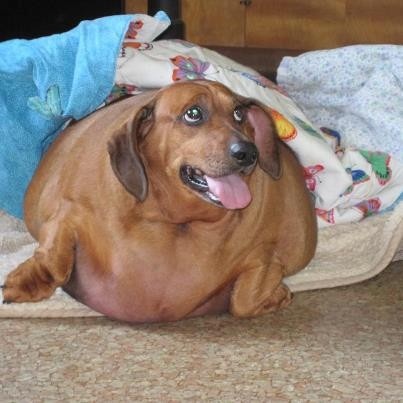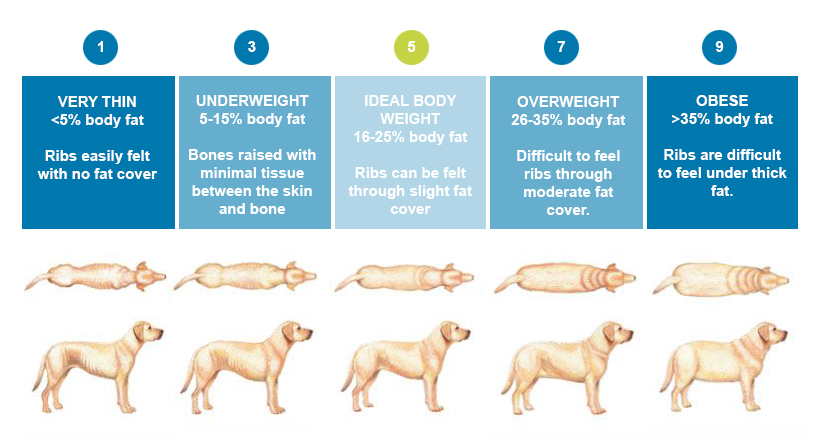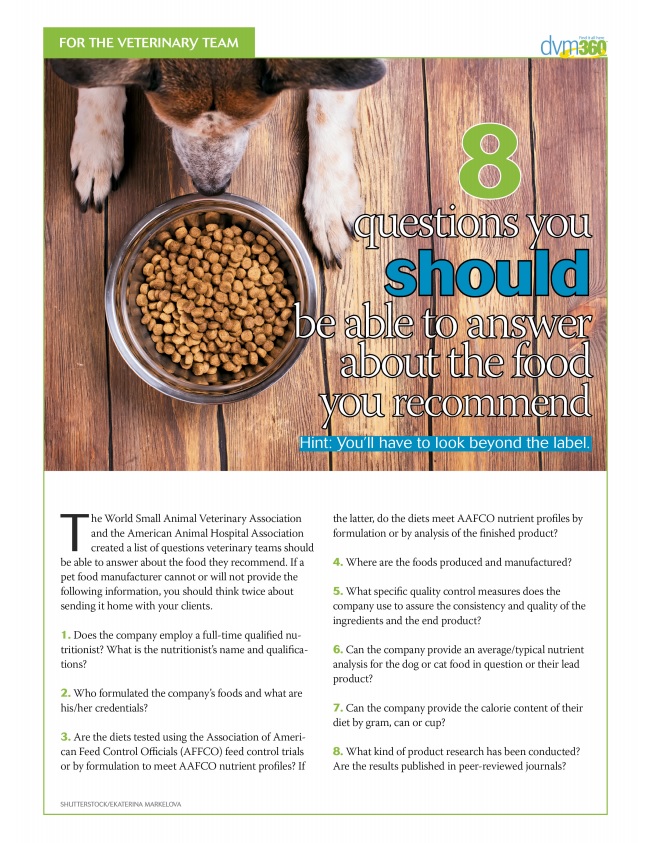
Is My Dog Obese?
(Updated 2020)
There are far too many obese dogs. Besides unhealthy dog food, and the quantity, quality, and frequency of feeding, one of the main health issues with an obese dog is that overweight dogs live on average of 2 ½ years less than a healthy dog!
Dogs’ lives are already far too short, feeding your dog too much, and exercising them too little will shorten a dog’s already short life by 30%!
Healthy Dog Diet
The World Small Animal Veterinary Association’s (WSAVA) Global Nutrition Committee’s Nutrition Tool Kit will help you assess your pet’s body condition score, muscle score, calorie needs, and the most common FAQs about dog and cat nutrition. Read this before trying to assess how to feed your dog or cat and what is healthy and dangerous for a dog to eat.
Feeding one’s pet non-stop, at the pet’s demand is not a good idea for many reasons.
Free feeding and traditional dog bowls don’t provide:
- Mental stimulation
- Physical stimulation
- Enrichment
- Contrafreeloading
- Dog training opportunities
How To Tell If A Dog Is Obese
What is an obese dog? Clearly the dog in this post is morbidly obese. The poor dog can’t even walk. However, most obese dogs are not this extreme. Dog nutritionists and veterinarians provide this little handy chart to easily tell if your dog is obese.
Simply compare your dog’s body weight to this dog weight chart to see if you need to change your dog’s diet.
You can also check a cat’s weight with this body mass chart.
How To Put A Dog On A Diet
Obese dog diet
The healthiest way to put your dog on a diet is to very gradually reduce the amount of food at each serving. Do not skip meals or change a dog’s food diet, unless recommended by your veterinarian or dog nutritionist. Instead, use this example of how to gradually reduce your dog’s food and caloric intake at each serving.
If I were to normally feed my dog twice per day, one cup in the morning and one cup in the evening, for a total of 2 cups of food per day. I would instead provide 1/16th less food per serving. Resulting in feeding my dog on average of 1 and 7/8ths cups of food per day instead of 2 cups.
So instead of feeding my dog 1 cup in the morning for breakfast, I would feed him 15/16ths of a cup in the morning and again 15/16ths of a cup in the evening for his dinner.
This would measure out to be 1/8th of less food per day.
However, in addition to the amount of food we are feeding a dog we need to focus on the quality of food we are feeding our dogs. Most big box store brands that are bought in bulk are not the healthiest for our dogs. Make sure to know what foods are dangerous for dogs.
One of the problems parents make is comparing the cost of a large bag of dog food vs. a meal that we might eat or to a week of groceries for a family. However, this is faulty logic because a large bag of dog food might consist of 60 meals or more for your dog. Even the most expensive organic dog foods, when broken down per meal, are far less expensive than what it would cost to feed us or our family a healthy plant-based organic meal. Remember, dogs are not carnivores (or pack animals).
Looked at through that lens, even the most expensive custom diet for a dog is a bargain!
As always, just be sure to feed your dog a balanced and complete canine diet for their life-stage and to make sure your dog food has an AAFCO statement on the packaging. Here are some other vital questions to ask all of your dog food companies, manufacturers, and distributor.
How To Reduce Your Dog’s Weight – Beyond Food
Food reduction is not the only aspect to focus on to help your obese dog lose weight and get healthy. A dog is often overweight, because of a combination of lack of enrichment and exercise and feeding too much and/or unhealthy foods.
Remember it won’t help your dog if you reduce your dog’s “kibble” every day if your family is giving your dog copious amounts of food off of the table or dog treats while training.
Just as it wouldn’t help us lose weight if we still ate junk food and didn’t start exercising and just reduced the amount of junk food we ate daily. We must change all three components, exercise, eating healthy, and appropriate amounts.
If you are in the process of dog training or working with your dog with obedience problems, you can use less fatty and caloric treats. Not all treats are unhealthy.
However, regardless, your dog needs enrichment and exercise. If your dog is healthy enough, exercise your dog every day at a minimum of an hour walk in the morning, 30-minutes in the afternoon, and an hour walk in the evening.
Remember to start slowly if your dog is overweight. Otherwise, a dog can overheat, or get injured if you push them too hard to fast. Slow and steady.
Not only is exercise and enrichment beneficial for your dog it also benefits our health too!
Dogs need to be socialized, enriched, and exercised throughout their lives or they can start problem dog behaviors such as dog barking, becoming reactive and aggressive to other dogs and people, have potty training issues, start to bite, etc.
I know it’s hard, but don’t give in when your pet looks at you with their beautiful eyes or cries every time you go to the kitchen or sit at the table to eat! Instead, call a Certified positive reinforcement Dog Trainer and Behaviorist to help teach your dog alternative behaviors. This will help you not feed your dog under the table or to give in to your dog’s beautiful face.
Your dog does not know what is healthy for them and many dogs would, given the chance, kill themselves by eating too much food or unhealthy/deadly food. So it is our responsibility, to exercise our dogs, and feed them in appropriate quantities and quality of food.
How do you keep your dog in shape? Comment below.




Leave a Reply